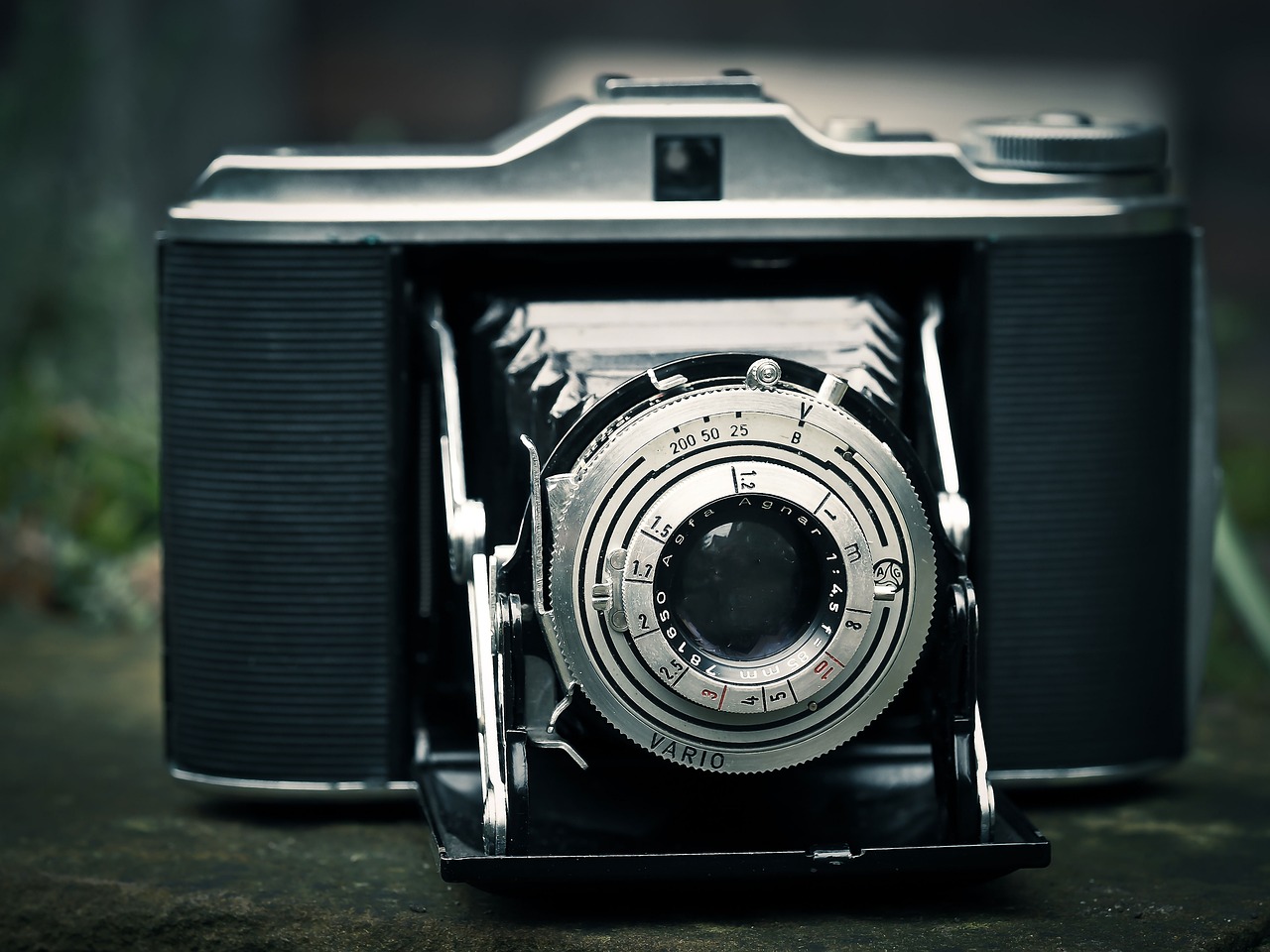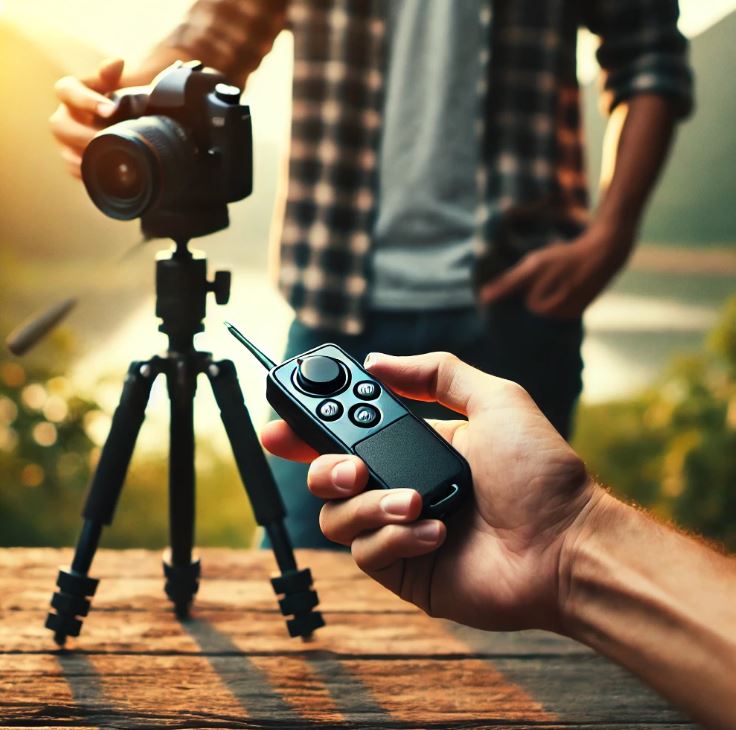Tripods are the quiet essentials in the world of photography. These three-legged stands are pivotal for achieving that crisp, clear shot. Before diving into the more nuanced aspects of tripods, let’s address why they’re integral to virtually any serious photography setup. Whether you’re capturing the delicate whisper of leaves in a landscape or the explosive action on a sports field, stability is king.
When it comes to tripods, one size definitely does not fit all. From the compact traveler to the heavy-duty studio warrior, the range of tripods available can be a little staggering. We’ll touch on the key types – traditional, tabletop, monopod, and travel tripods – each offering its unique benefits depending on your scenarios and style.
The foundation of a good tripod is built on material and quality. Aluminum and carbon fiber are the usual suspects here. While aluminum offers durability at a more budget-friendly price, carbon fiber wins with lightweight strength but potentially tugs harder on your purse strings. These factors play a massive part not just in the longevity of the tripod but also in how much you’re going to enjoy lugging it around.
And don’t underestimate the impact a tripod can make, beyond the obvious advantage of image stabilization. It’s about long exposure capabilities, crafting HDR compositions, and giving you the freedom to frame shots with precision. Not to mention sparing you the fatigue of a handheld marathon during extended shoots.

As we pivot to the next section, think about your typical adventures or assignments with your camera. A tripod should be more than just functional; it should feel like an extension of your photography prowess. In the upcoming segment, we’re going to delve into how to marry your camera gear with the perfect tripod. We’ll explore what to consider regarding weight, height, and why the type of tripod head can make or break your shooting experience.
Selecting a Tripod That Meets Your Needs
You’re probably well aware that not all tripods are created equal. When you’re trying to find the perfect tripod, you’ll want to make sure it’s a match made in heaven with your camera gear. That’s going to include taking a good, hard look at the weight of your camera and lenses. It’s crucial because you need a tripod that can support them without breaking a sweat.

Next up, let’s talk about height. This isn’t just about being tall enough to eyeball your subject; it’s about getting the angle just right. Still, you don’t want to lug around a giant when a compact tripod will do. On the other hand, if you’re planning to shoot in a studio setting, a bit of extra size and weight might not be a deal-breaker.
So now you might be wondering about the tripod head. The type of head you choose is going to seriously impact your shooting flexibility. A pan-tilt head gives you control over each axis separately, while a ball head offers a quicker, smoother movement. If you’re into wildlife photography or videography, gimbal heads allow for a balanced setup that can be pivotal in capturing that dramatic, action-packed shot.
And don’t overlook the legs; they’re the foundation, after all. The diameter of the tubes makes a difference in stability. Bigger often means sturdier, but again, heavier. The locking mechanism on each leg section also matters; it’s like choosing between a zip lock and a twist seal to keep your food fresh. And the feet? Well, they need to stand their ground, whether it’s on a slick rock or soft sand, so choose wisely. That’s your peek into the critical tripod features, which we’re going to delve into with more nuance in the next section.
Top Features To Look For in a Quality Tripod
When it comes to shoring up your shots, not all tripods are created equal. It’s critical to consider the features that contribute to a tripod’s stability and reliability. I’m here to help you understand which features matter the most.
For starters, a quality tripod is going to have a sturdy build, but also other nuanced features like a loaded hook on the center column, which allows you to hang more weight and thus improve balance and stability in windy conditions.
Quick-release plates are a godsend for photographers who need to move fast. Choose something that resonates with you in terms of ease and speed of attachment and detachment.
I can’t emphasize enough the utility of built-in bubble levels. They’re indispensable for getting those perfectly straight horizons in your shots, especially if you’re into landscapes or architectural photography.

And for those of you frequently shooting outdoors, weather-resistant construction is something worth considering. This isn’t just about durability in rough conditions; it’s also about maintaining performance and the longevity of your gear.
Now, these features combined can take a tripod from good to great. But remember, you shouldn’t be blinded by features alone. It’s about matching these to your specific needs to ensure you’re not carrying around extra weight or wasting money on things you won’t use. In the next section, we’ll talk about making a smart investment in a tripod that not only fits your current needs but also considers your future as a photographer.
Investing in The Right Tripod: Long-Term Considerations
Choosing the perfect tripod isn’t just about meeting your immediate needs; it’s about thinking ahead. I’m here to help you consider the long-term implications of your purchase, ensuring that you make an investment that grows with your photography.
When it comes to cost, don’t worry too much about the price tag. It’s about finding a balance. High-quality tripods may seem expensive, but they often save you money over time. Think durability and the promise of fewer replacements. Look for warranties that protect your investment, giving you peace of mind.

Your photography setup is going to evolve; that’s the nature of the craft. So choose a tripod that offers upgrade paths, like interchangeable heads, extendable legs, or additional accessories. This flexibility means your tripod can adapt alongside your evolving techniques and equipment.
Lastly, don’t underestimate the power of community. Dive into customer reviews and photography forums to get a sense of how a tripod performs in the real world. Fellow photographers’ experiences can shed light on aspects you might not have considered.
Remember, investing in the right tripod is investing in the potential of your photography. Choose something that resonates with you and your aspirations. That way, you won’t just buy a piece of gear; you’ll be investing in a companion for your photographic journey.





There are several factors to consider when choosing a tripod, which you have covered extensively in this giide. It is interesting that you say the price is not actually the most important factor. Although it needs to fit within your budget, it is more important that it suits your needs, and is value for money.
I will bookmark this post for when i need a new tripod. Thank you for sharing this helpful resource.
Thanks so much! I’m glad you found the guide helpful! You’re absolutely right—finding a tripod that suits your style and shooting needs is key. The right support can make all the difference in stability and quality. Happy to know this will be a helpful resource when you’re ready to pick out a new one!